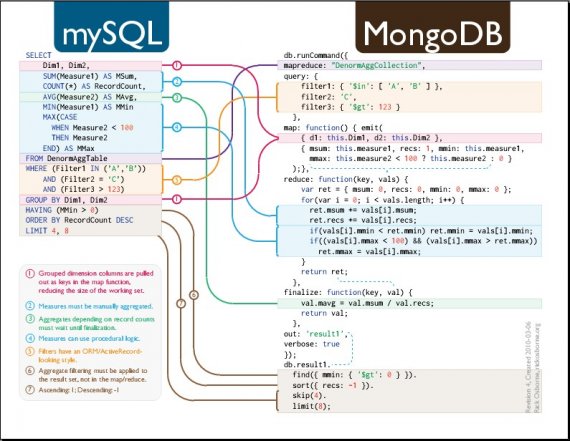解析WordPress中的post_class与get_post_class函数
post_class()
post_class 是 WordPress 内置的一个用于显示文章 class 名称的函数,该函数通常会为每一篇文章生成独一无二的 clss 值,如果你需要制作你自己的主题,而且还需要一点个性的话,那你最好驻足一下,使用该函数并配合灵活的 css 代码,我们可以制作出个性化十足的 WordPress 博客。
post_class 函数描述
该函数通常会为每一篇文章生成独一无二的 clss 值,可以很方便使用于文章所在的节点中。
函数使用
向其他的诸如 header_image、wp_title这样的 WordPress 标签函数一样,不带 get 的函数通常是会直接显示出来而不返回任何值。
<post id="post-<?php the_ID(); ?>" <?php post_class(); ?> > <?php the_content ;?> </post>
是的,也许你已经注意到了,使用 post_class 函数时我们甚至不需要这样去写 clss=“post_class()”;。
实例结果
不卖关子,结果如下
<post id="post-888" class="post-888 post type-post status-publish format-standard hentry category-2 tag-wordpress" > 文章内容 </post>
以使用为主的函数讲完了,
下面照旧给出函数源代码:
想要了解更多关于该函数,以及get_post_class函数请关注后期文章。
/**
* Display the classes for the post div.
*
* @since 2.7.0
*
* @param string|array $class One or more classes to add to the class list.
* @param int $post_id An optional post ID.
*/
function post_class( $class = '', $post_id = null ) {
// Separates classes with a single space, collates classes for post DIV
echo 'class="' . join( ' ', get_post_class( $class, $post_id ) ) . '"';
}
get_post_class 详解
get_post_class 是 post_class 函数的基本实现,在 WordPress 中其他一些带 get 的函数一样,该函数将会有一个返回值,而该返回值将是一个包含当前文章基本信息的数组,get_post_class 函数主要用来给每篇文章生成独一无为的 class 值而被封装出来的。
如果你是一个要求不高的人的话,那么 post_class 这个函数其实已经足够你折腾了。如果你是一个有着精神洁癖的人,不想自己的 WordPress 网站有太多无用代码的话,那你可以继续往下看。
get_post_class函数详解
该函数主要用来生成一个当前文章相关信息的数组,该数组所含信息我们往往用来作为文章层中的 class 值。
就像我上面提到的 post_class 函数,就是利用了本函数生成的 class 值。
并且该函数支持插入你自己的 class 值,一合并到返回数组中。
以上是我本人的理解,当然你也可以看一下官方的手册。
比较费解的手册内容如下:
WordPress Themes have a template tag for the post HMTL tag which will help theme authors to style more effectively with CSS. The Template Tag is called get_post_class. This function returns different post container classes which can be added, typically, in the index.php, single.php, and other template files featuring post content, typically in the HTML
tag.
函数用法
<?php get_post_class($class, $post_id); ?>
如果在循环中,并且不需要插入自定义class值的话,该函数可不接受任何参数。
函数参数
$class:自定义 class 值,可以使字符串也可以死数组。
$post_id:文章ID
使用实例
$MyClass = get_post_class(); var_dump($MyClass);
输出结果:
array(9) {
[0]=>
string(8) "post-249"
[1]=>
string(4) "post"
[2]=>
string(9) "type-post"
[3]=>
string(14) "status-publish"
[4]=>
string(15) "format-standard"
[5]=>
string(6) "hentry"
[6]=>
string(18) "category-catcatcat"
[7]=>
string(8) "tag-tag1"
[8]=>
string(8) "tag-tag2"
}
进阶实例
$MyClass = get_post_class('index-post',249);
//或
$MyClass = get_post_class(array( 'index-post'),249);
var_dump($MyClass);
输出结果:
array(10) {
[0]=>
string(8) "post-249"
[1]=>
string(4) "post"
[2]=>
string(9) "type-post"
[3]=>
string(14) "status-publish"
[4]=>
string(15) "format-standard"
[5]=>
string(6) "hentry"
[6]=>
string(18) "category-catcatcat"
[7]=>
string(8) "tag-tag1"
[8]=>
string(8) "tag-tag2"
[9]=>
string(10) "index-post"
}
总结
根据函数的源代码,我们可以看出,本函数 class 值罗列的顺序为:
- 文章id
- 文章类型(页面、文章)
- 文章类型(页面、文章)与上一条相同,但结果中多了‘type-'字样
- 发布状态
- 文章格式
- 是否需要密码
- 文章所述分类(会逐个罗列所述分类)
- 文章所述标签(会逐个罗列标签)

